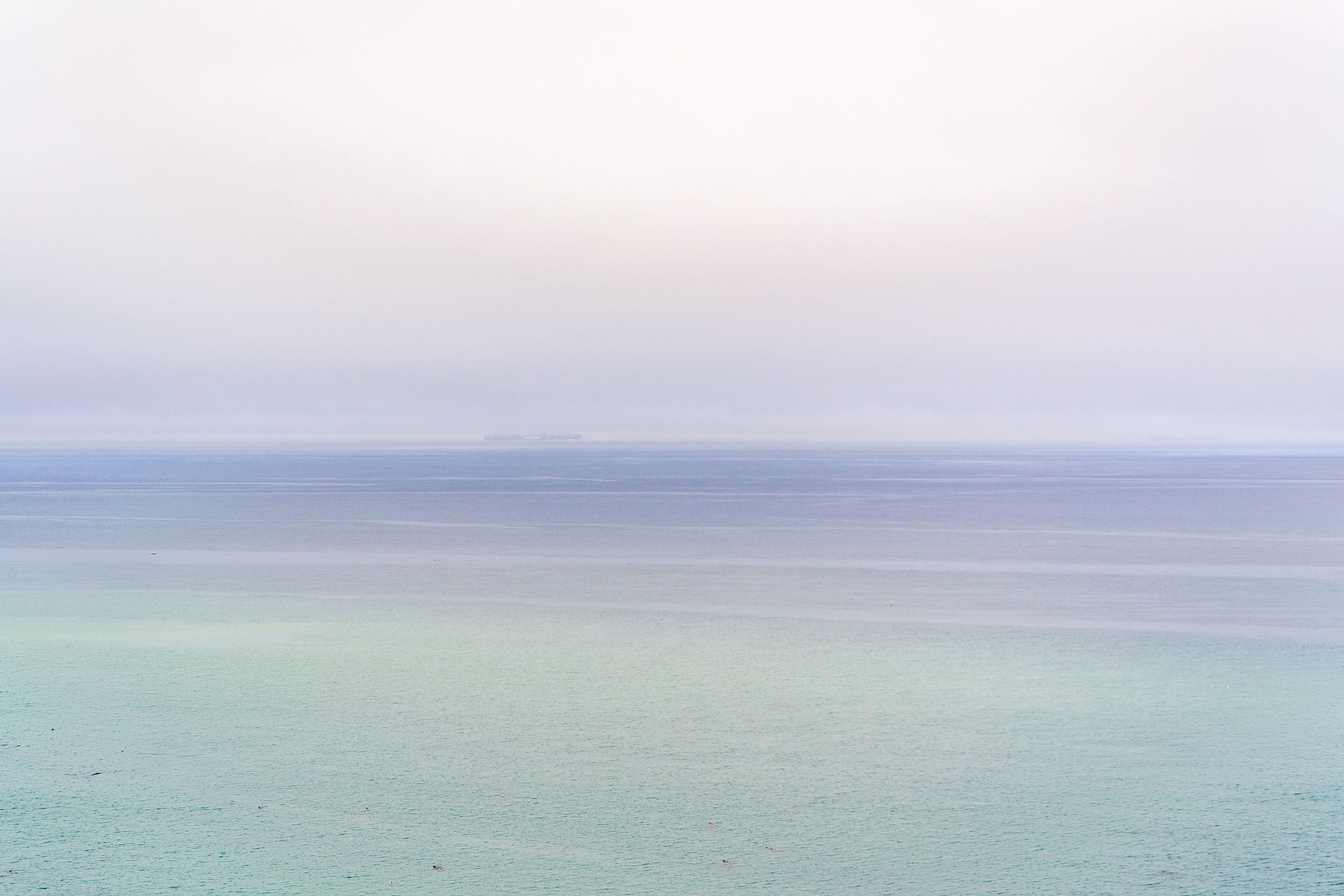
.jpg)
The Ocean Cleanup is a non-profit organization founded, in 2013, by Boyan Slat, who currently acts as CEO. The organisations primary focus is to develop advanced technologies which aim to reduce the quantity of plastics in the ocean, tackling one of the biggest environmental issues of our time. The Ocean Cleanups current design is a passive system which consists of a floater which is 600 meters in length, with an attached 3-meter-deep skirt below. This boom device allows for surface plastic to be collected as the ship moves where it will then be stored within the ship itself.

The Great Bubble Barrier (TGBB) is a proposed solution to the build-up of plastic in the oceans. This proposal focuses on the source of the plastic issue: rivers, canals and estuaries. In simple terms, TGBB produces a bubble screen by pumping air through an underwater perforated steel-reinforced plastic pipe, positioned on the bed of the waterway. Unlike a lot of other solutions, the bubble barrier presents the possibility to catch plastic debris at all levels of the water column, from the floor to the water surface. The system both blocks surface plastic and causes plastic suspended in the water channel to float to the surface, thus making it easier to extract through other “traditional” methods.

The “Mr. Trash Wheel”, otherwise known as the Inner Harbour Water Wheel is a trash collector located in Baltimore, USA. The machine was invented by John Kellett in 2008 and is entirely powered by solar/water power. The machine first funnels surface waste in front of the device by the use of two floating booms and then collects it using rotating forks and a conveyor belt which transports the waste onboard. The structure was produced by the use of $720,000 of public funding and can be remotely controlled at any time to move it on/offshore.

The Seabin Project is a company which hopes to clean up the rising amount of plastic which is gathering within our oceans. The Seabin device comprises of a HDPE catchment bag contained within a floating body that also houses a pump to draw water into the device to pass through for filtration. The pump power is stated as 50 W, with a flow rate of 25 000 l/hour and from a review of patents, the design appears to be heavily based upon a 1995 apparatus and method for removal of floating debris invented by Louis W. Pasoz (patent no. US5439600A). A minimum capture size of 2 mm is given, although the company states that they are researching secondary stage filtration for microplastic capture.

Recycled Park is a new proposal by the Recycled Island Foundation (RIF) to remove plastic waste from the New Meuse (Nieuwe Maas) river in Holland. This is done using floating booms located in the most polluted areas to funnel floating waste into a collection tank (created from recycled plastic previously collected), enabling manual removal. It is estimated that 98% of plastic waste within the river is contained within the upper metre water level and is mostly collected by the system, although there is currently no capacity for microplastic removal. Plastics within a 3-10mm range may be captured by the booms, however smaller particles are not expected to be within the targeted depth. It should be noted that there are currently 3 “litter traps” currently in operation.
